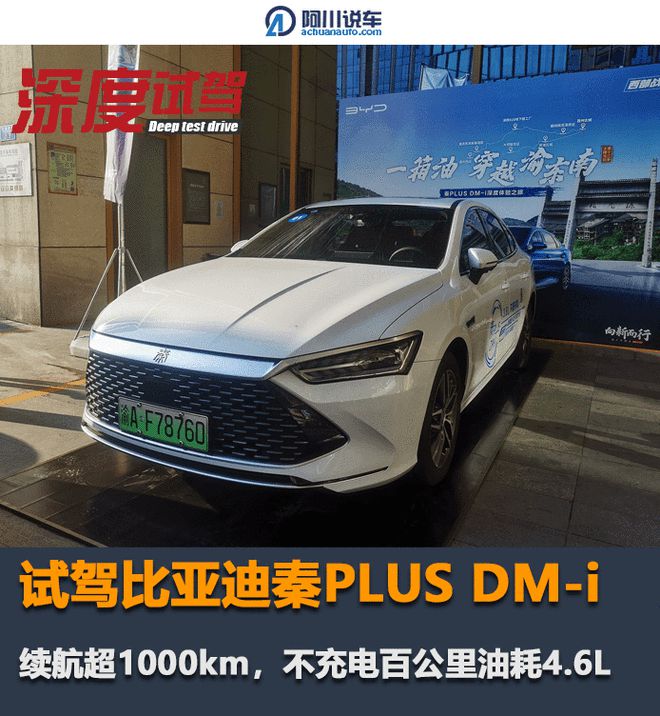
Lead: For a long time in the past, domestic independent brands equipped with plug-in hybrid power systems can achieve an ideal low fuel consumption only when the power is sufficient, and in the feed state, the fuel consumption of some plug-in hybrid vehicles is even higher than that of pure fuel vehicles of the same car series. The author has had personal experience about this. A certain brand of plug-in hybrid vehicle, under the condition of full power supply, was run to 16-17 oil by me. At that time, I thought that for some users who could not meet the charging conditions, the energy-saving and emission-reduction characteristics of plug-in hybrid vehicles could not be displayed at all. This kind of "high fuel consumption" situation is basically applicable to domestic plug-in hybrid vehicles. After BYD’s DM-i comes out, this situation may be greatly improved.
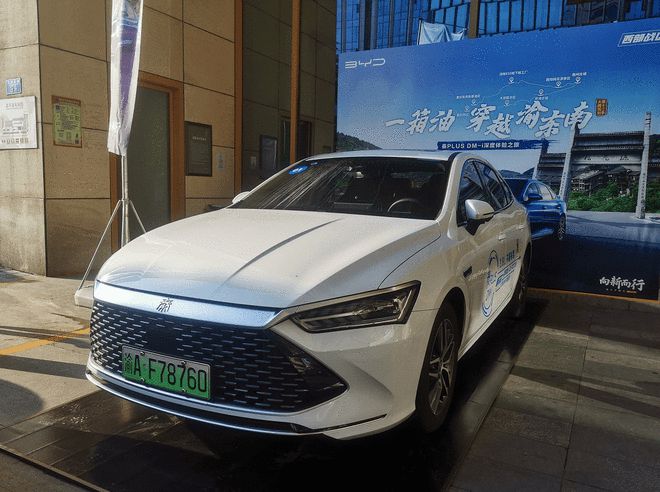
I have heard that the fuel consumption performance of BYD models equipped with dm-i is excellent before. The official fuel consumption reference data is 3.8L/100km, which sounds much more real than some previous plug-in hybrid 1-2L/100km fuel consumption. But it’s not true. What’s the actual fuel consumption? Let’s take a look at BYD’s activity of "A Box of Oil Crossing Southeast Chongqing".
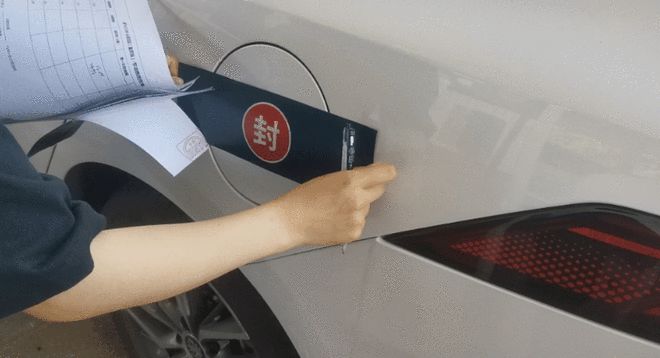
The activity starts from downtown Chongqing. The first thing to do is to find a gas station, fill it up, then put a seal on the tank cover, and tear it off until the last refueling. At the same time, in order to be more intuitive and convenient to calculate, the subtotal mileage has also been cleared. Finally, the final average fuel consumption per 100 kilometers is obtained by calculating the final fuel replenishment amount and the mileage of this journey.
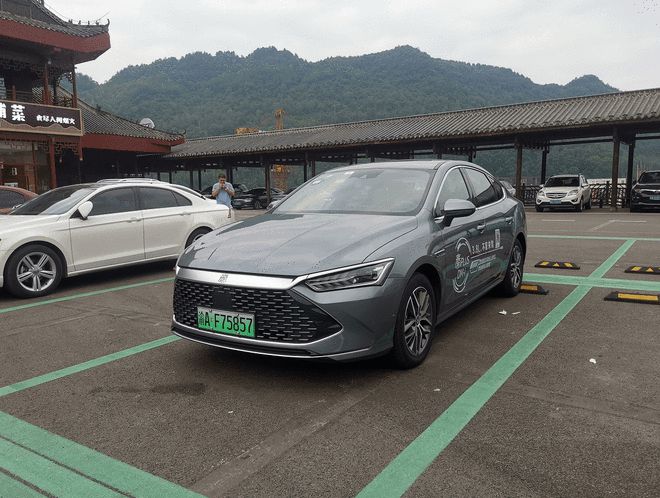
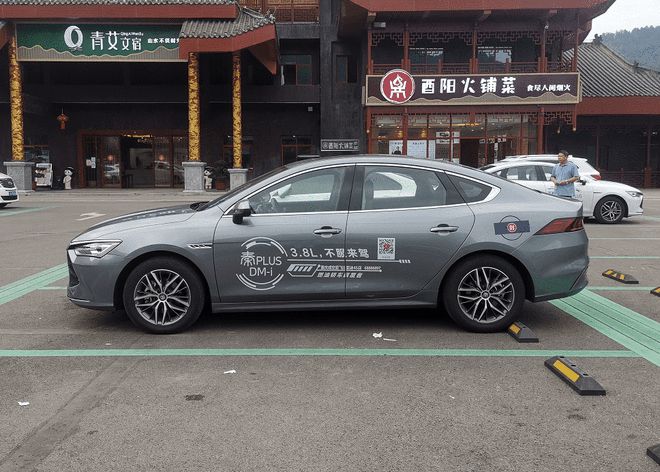
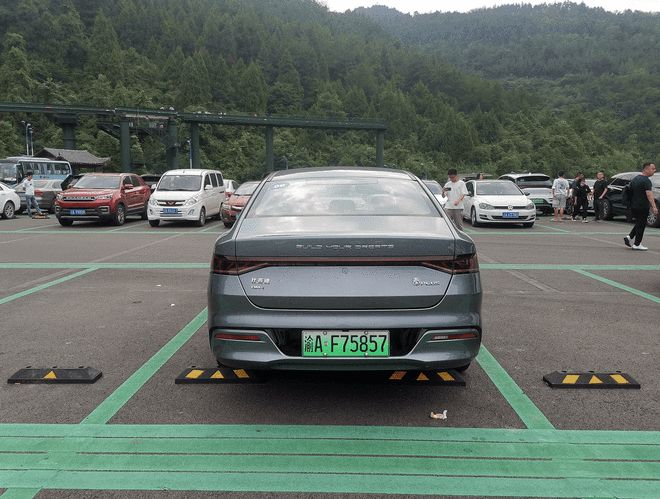
When we set out, we heard another car in the walkie-talkie say that their car’s power was only about 10%. This sentence was recognized by other cars, and we later saw that our car’s power was also about 10%. According to the pure battery life of Qin PLUS (parameter picture) DM-i 120km model, the pure battery life of the remaining power in everyone’s car was basically around 15km-20km. In this state of full oil supply, we started a 700km round trip to southeast Chongqing.
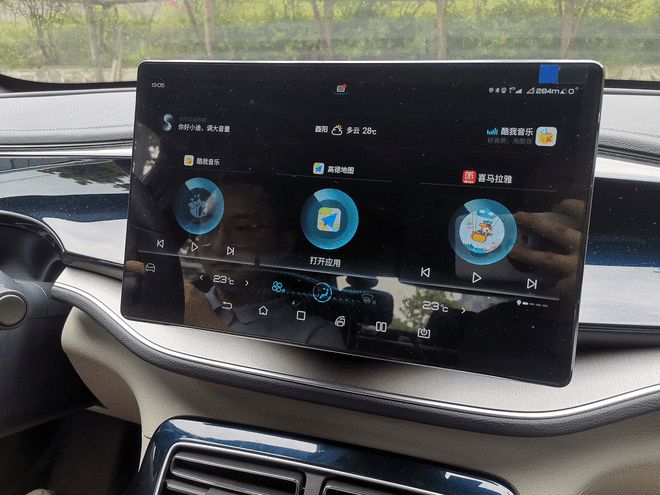
As we all know, it’s too hot in summer in Chongqing. I wish everywhere I go, it’s all air conditioning. Therefore, although there is a "fuel-saving task", air conditioning is indispensable. Moreover, when I was driving, I didn’t deliberately follow the extreme fuel-saving driving method, which was more casual, and I accelerated when it was time to accelerate. The road situation is 70%-80% high speed, and 20%-30% national roads and mountain roads.
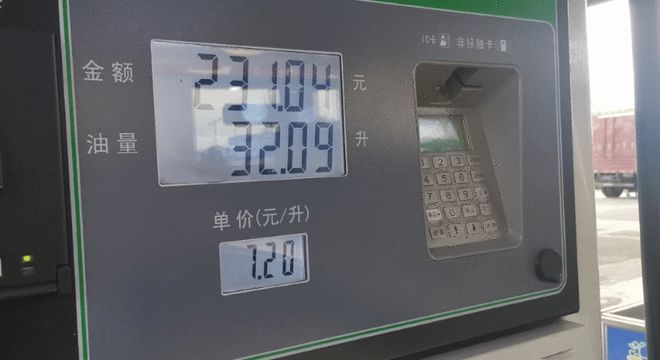
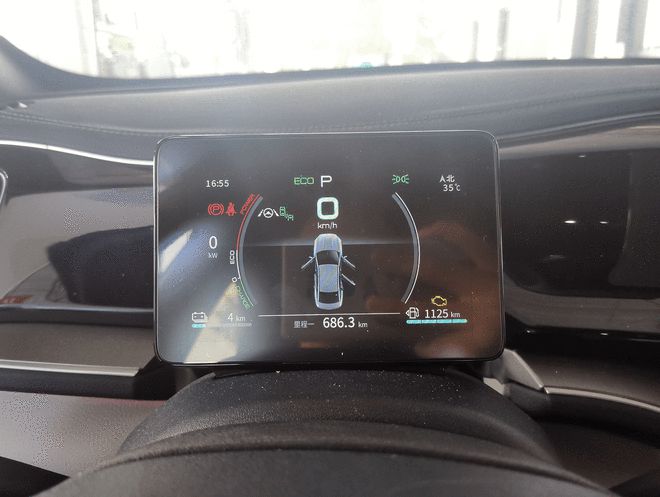
Finally, at the gas station in the last service area of Chongqing, the seal was torn and refueled. The final fuel consumption of our car is 32.09L, and the mileage is 686.3km Through calculation, our fuel consumption performance is 4.79L/100km, ranking first from the bottom among several cars. Although it ranks high, I am personally satisfied. The fuel consumption of the car with the best performance is 4.36L/100km. As for why the "propaganda" fuel consumption of 3.8L/100km has not been reached, as far as I can guess, this fuel consumption can be achieved under the condition of reducing the utilization rate of air conditioners and opening more gently. In fact, even if the fuel consumption is 4.8L/100km, Qin PLUS DM-i still lives up to expectations.
In addition to the theme of fuel saving, I also want to talk about two other dynamic points of Qin Plus DM-I.
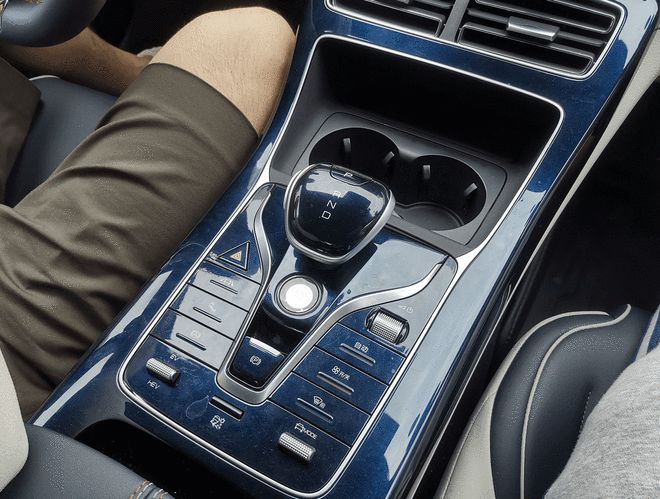

One is motivation. Although there was no special experience and test of rapid acceleration in this test drive, I simply tried a few feet during the test drive. But with these simple feet, you can feel a 1.5L naturally aspirated engine with a maximum power of 110 horsepower. With the help of the motor, it can provide a good feeling of pushing back. For fuel lovers, we have to admit that this is the advantage that electricity is easier to do. It is reported that the official acceleration score of this car Qin PLUS DM-i is 7.3s, while the measured result by the media is 6.75s s. It seems that BYD officially reported it according to conservative results. For fuel vehicles, this can basically belong to the level that 2.0T still needs hard work.
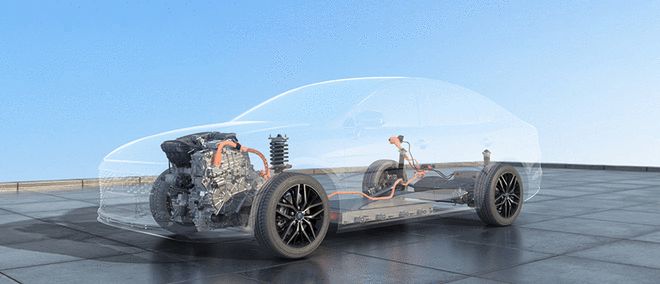
The second is the chassis. Although the configuration of Qin PLUS DM-i is the front McPherson rear multi-link in suspension, it can be seen that BYD has made a lot of efforts in adjustment. On the whole, it is very comfortable. Qin PLUS DM-i can handle both large potholes and some small gravel in a balanced way. By balance, I mean not too soft or too hard, but rather moderate. Therefore, I think that the chassis strength of Qin PLUS DM-i is quite satisfactory for the model with positioning and pricing. However, it should be pointed out that the steering system of Qin PLUS DM-i still needs to be improved.
Achuan pingche
As a leader in the new energy field of domestic brands, BYD continues to innovate in this field, and the launch of DM-i has also subverted people’s understanding and cognition of the fuel consumption of domestic plug-in hybrid vehicles. At the same time, its lower fuel consumption performance has not lost the hybrid strength of "two fields" at all. Therefore, I think that with the gradual offline and delivery of DM-i model orders, the strength of DM-i will be more widely spread, and it is also worthy of better word-of-mouth performance.
关于作者